Creating Space to Thrive: 6 Elements to Inspire Your Yoga Teaching

When I was going through my yoga therapist training about eight years ago, I was expected to complete several assignments in between training sessions. It was a struggle. At the time, I was teaching yoga full time and running a yoga studio, so my days were packed with classes and private sessions. I could barely squeeze my own yoga practice in, so I felt overextended. During that time, I experienced firsthand the ongoing conflict between studying and managing your existing workload that many yoga teachers and other professionals face.
In the perfect world, this union between studying and applying those lessons in practice should be a match made in heaven. Ideally, you would learn something in your studies, play with it in your yoga practice, and then teach it to your yoga students—a perfect recipe for absorbing the material and integrating it into your teaching.
In reality, however, whatever it is you are studying is not always applicable to what you are teaching, so instead of integrating it into your workload, you end up piling it up on top, which, of course, takes more time, energy and effort.
This dynamic plays out not just when you are going through an intense professional training program. Every yoga teacher I know is always going to yoga conferences, buying yoga books, and signing up for yoga courses to further her studies. As a result, we might end up with a pile of unread books on the nightstand and a bunch of computer files of unwatched content, which might make us feel guilty, wasteful, and overwhelmed. Managing this dynamic between learning and implementing those lessons is one of the main challenges that yoga teachers face. Yet, at the same time, both of them are essential in our professional and personal lives.
6 Elements of an Inspired Life
I recently wrote about the three main steps that lead to an effective yoga practice design. Step one of that process was “creating space to thrive,” which means setting up your life in a way that inspires your teaching. I believe there are six elements that form a foundation for an inspired life of a yoga teacher:

Part 1: Pace Your Studies
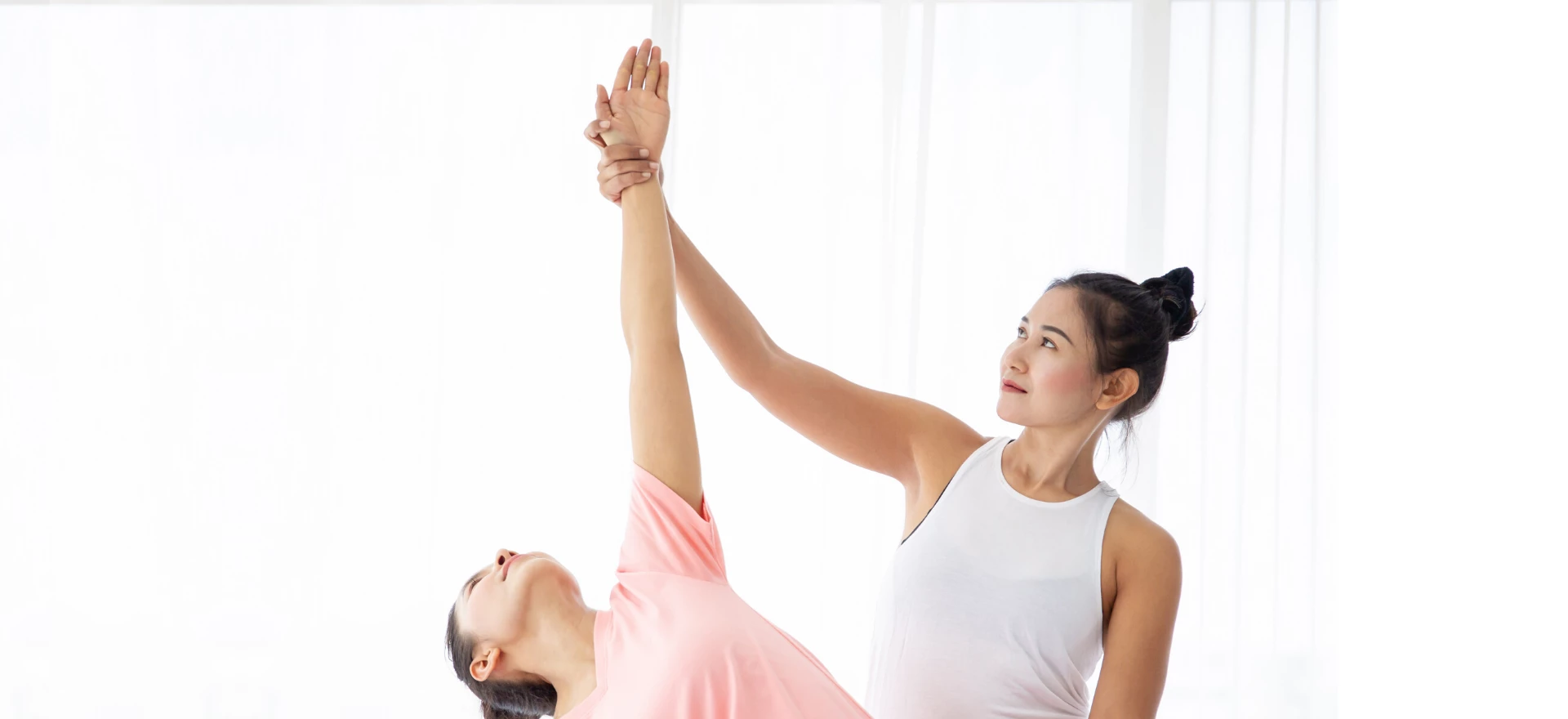
The subject of yoga is vast; it encompasses the entirety of our experience, so there will never be a shortage of fascinating stuff to learn. The best thing we can do when it comes to learning is to pace ourselves. It makes sense to pick up one course or one book at a time and give it our full attention. During professional training, it makes more sense to spread our assignments over weeks and months, rather than cramming them all into the last week before they are due. Of course, it requires some discipline, but, in general, planning ahead is a useful skill to master.
Part 2: Choose Your Workload
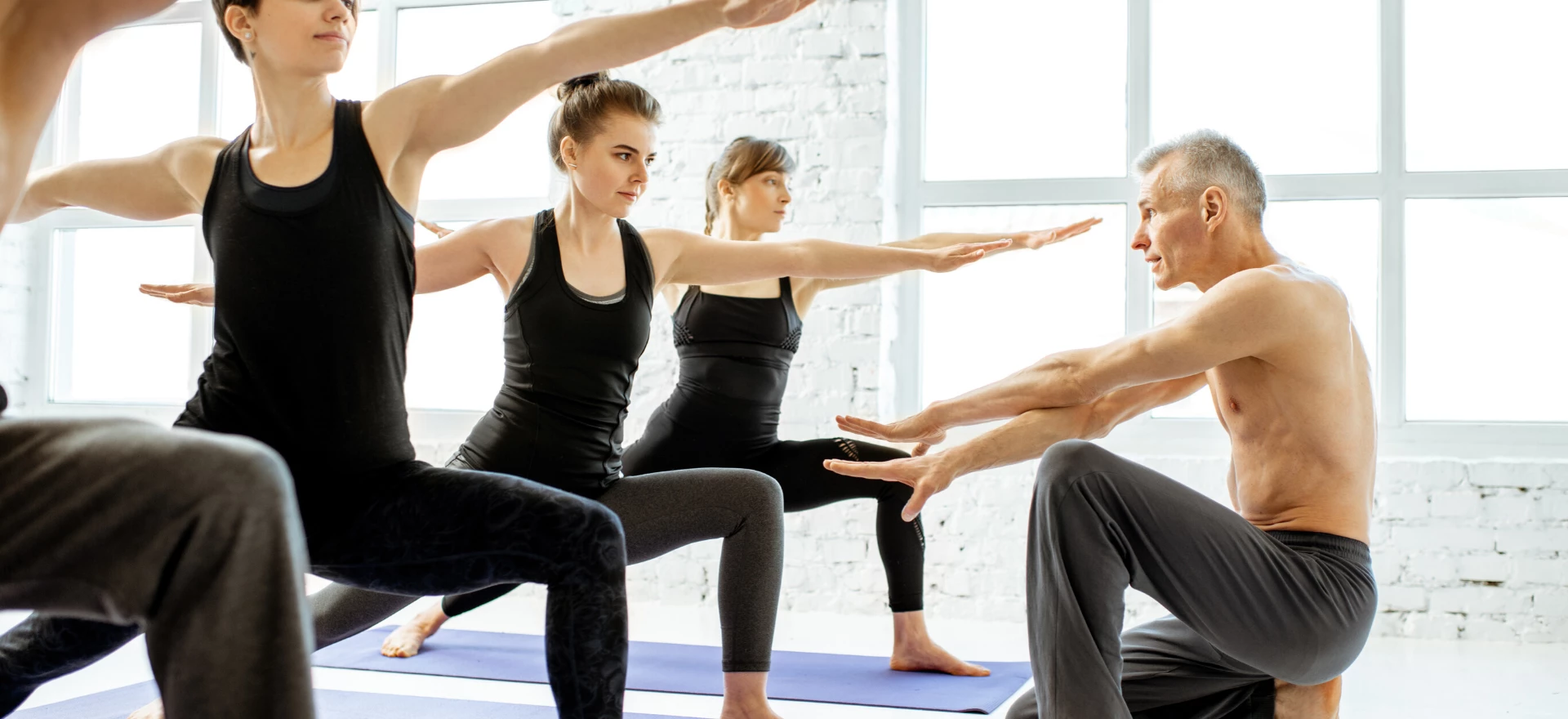
Yoga teachers can be particularly prone to taking on much more than they can comfortably manage, often without any financial incentive. Somebody needs a sub? Okay, I guess I could. A friend needs a free session? Sure, I would love to help. Your yoga studio needs you to mind the front desk? Well, I am already there, so why not? Yoga teachers are expected to be helpful and selfless, and we want to model that behavior ourselves. Unfortunately, this desire to do good can be exploited by unsavory yoga studios.
The bottom line is that your time is a limited resource, and you, too, need to make a living. And not just that, but when you give in to other people’s agendas, you lose your ability to choose your priorities.
Greg McKeown, in his book Essentialism: The Disciplined Pursuit of Less, writes: “When we forget our ability to choose, we learn to be helpless. Drip by drip, we allow our power to be taken away until we end up becoming a function of other people’s choices—or even a function of our own past choices. In turn, we surrender our own power to choose.” (1) In other words, if you do not choose for yourself, somebody else will choose for you.
Alternatively, you can assert your power to choose. Greg McKeown puts it this way: “There is tremendous freedom in learning that we can eliminate the nonessentials, that we are no longer controlled by other people’s agendas, and that we get to choose. With that invincible power, we can discover our highest point of contribution, not just to our lives or careers, but to the world.”
So instead of taking on an additional task that somebody asks us to do (or that we want to take on ourselves), we need to decide on how essential that task is and whether or not it is aligned with our current goals. I find it helpful to remember a quote by John Maxwell: “You cannot overestimate the unimportance of practically everything.”
Part 3: Give Yourself Space

If you want to gain clarity about what your goals are and what is essential to you right now, you need space. Space to think, space to read, space to breathe. With the current pace of life, you do not get that space by default; you need to build it in intentionally. As yoga teachers, we know how important creating space is for mental clarity, yet we can be as guilty as anybody else of overstuffing our calendars. The best way to ensure that we protect that precious “me” time is to insert it into your day as a reliable habit: set it up as a regular morning walk, or a breathing practice after teaching, or journaling after lunch, or meditation before dinner, or reading before bed—whatever appeals to you and helps you slow down and reconnect to your own needs.
Part 4: Practice Your Own Yoga
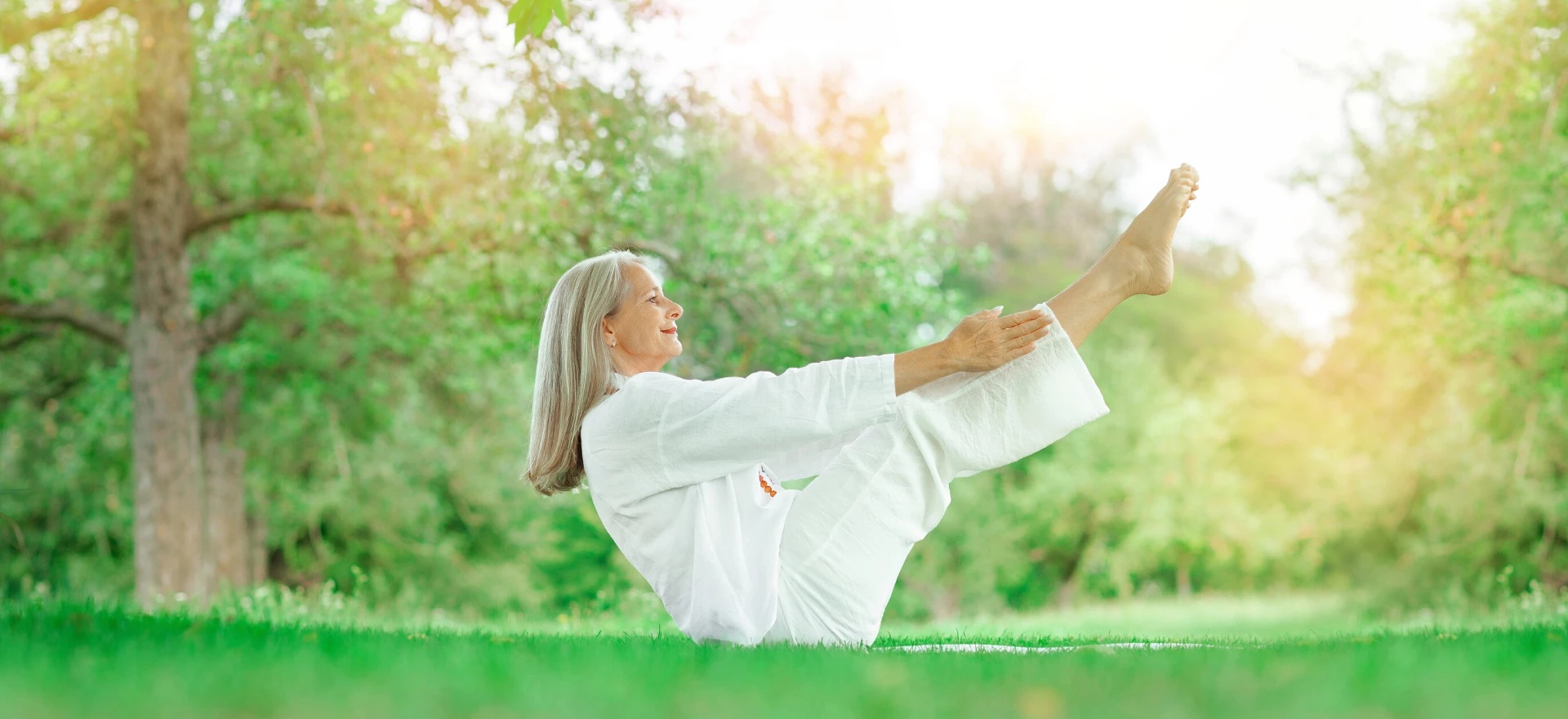
For a yoga teacher, there simply is no substitute for a home yoga practice. Your home yoga practice helps to set the tone for how you show up in your own life and what kind of space you can create for your students. This is the place where you can attend to your individual needs, to experiment with whatever it is you are learning right now, and simply be present with your own experiences and challenges. It can be a great source of inspiration, as well as a place of deep personal work. It doesn’t matter what that practice looks like or how long it is. What matters is that you consistently show up for it—physically and mentally.
Part 5: Get Enough Sleep
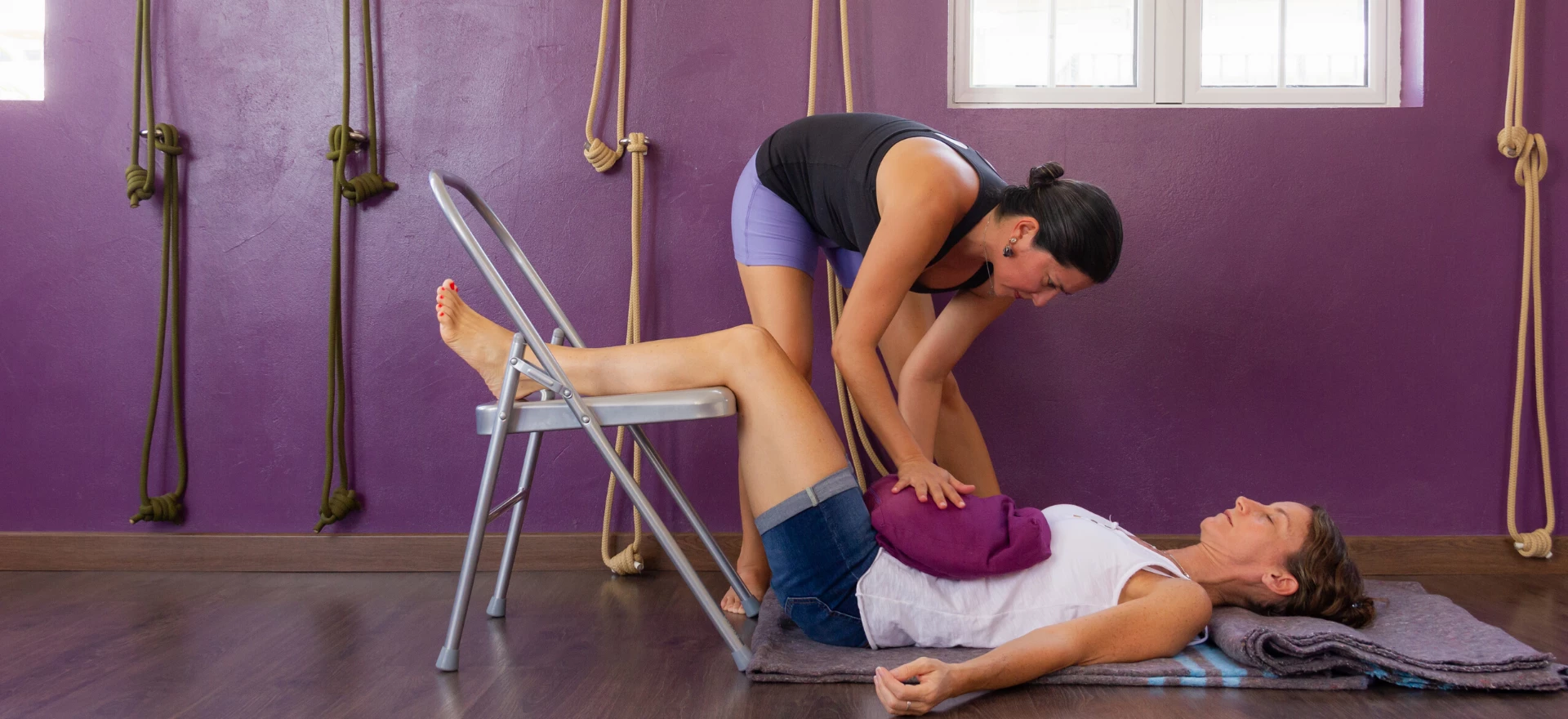
Some years ago, I watched a PBS special about sleep deprivation. The scientists were interviewing people who slept on average of 5-6 hours per night and asking them questions like: Do you feel rested? Do you feel focused? And while none of the subjects admitted to feeling rested, all of them were convinced that they were focused and fully functional. But the way they answered those questions told a whole different story.
To me, as an observer, those folks looked very unfocused and slightly delirious with wandering eyes, inability to find the right words, very slow reaction time, and overall impression as if they were communicating through a thick fog. This experiment illustrated very vividly that even when people believe that they have optimal functioning when they lack sleep, objectively, they do not. The bottom line is that “sleep is the single most important thing we can do to reset our brain and body health each day.” (2) Research shows time and time again that we function best when we give ourselves an 8-hour sleep opportunity each night.
Part 6: Be Playful
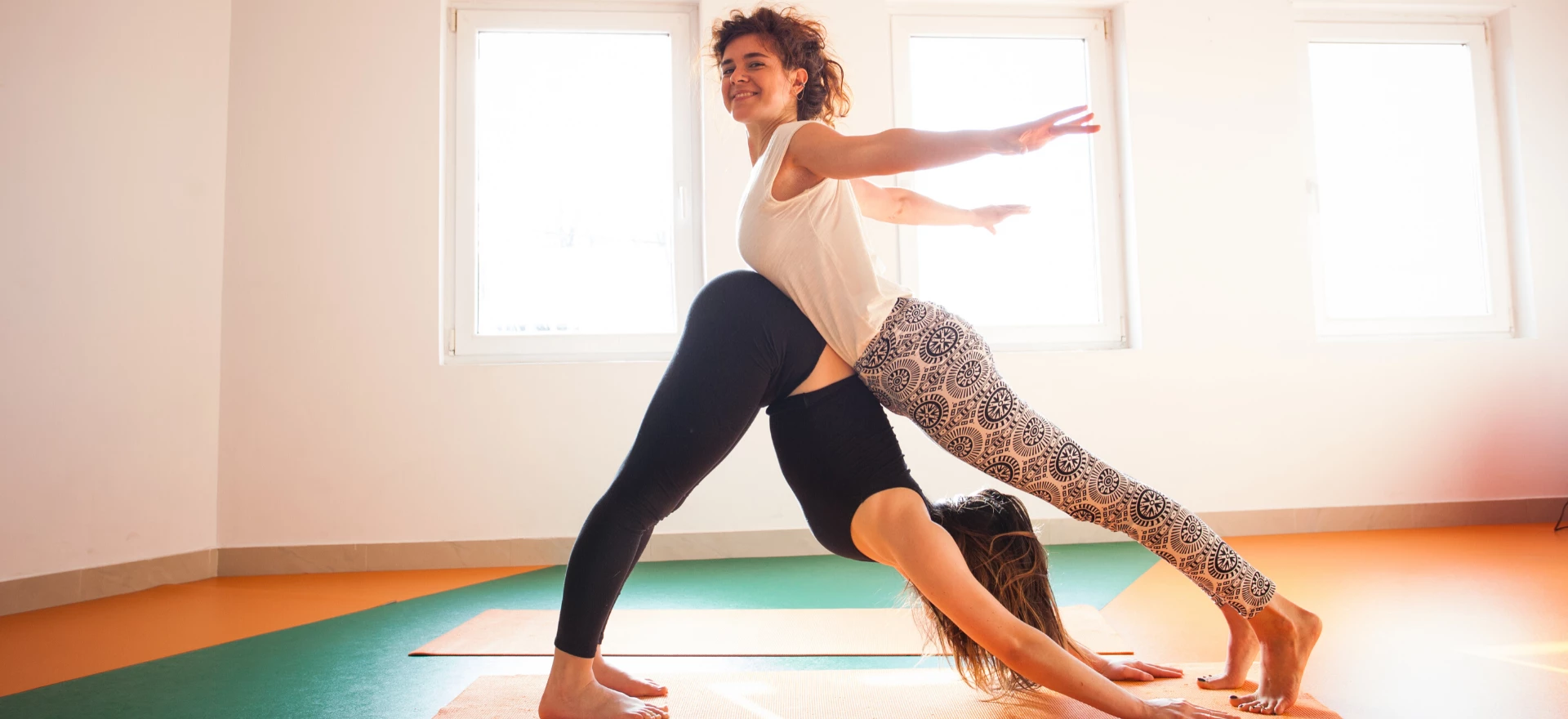
Play refers to any activity that you do just for fun. With all the stuff that you routinely have to do, play might be the last thing on your mind, but play has a profound impact on your brain. Play has the power to significantly improve your health, your relationships, your ability to learn, and your ability to create. Greg McKeown writes: “Play expands our minds in ways that allow us to explore: to germinate new ideas or see old ideas in a new light. It makes us more inquisitive, more attuned to novelty, more engaged.”(1)
Play helps you see possibilities and make connections that you wouldn’t have noticed otherwise. With that, it opens your mind and broadens your perspective. Play also has a positive effect on the executive function of the brain because it stimulates the parts of the brain that are involved in both careful, logical reasoning and carefree, unbounded exploration. So if you want to be both systematic and creative in your yoga practice design, play is your friend.
Also, read...
Warrior I Pose: 5 Strengthening Variations
4 Easy Ways to Use a Sandbag in Yoga Practice
Exercise and Longevity: Diversify Your Yoga Practice for Maximum Benefits
Related courses
Breath as Medicine: Yogic Breathing for Vital Aging
Yoga and Myofascial Release: Releasing Chronic Tension with the Bodymind Ballwork Method

Educated as a school teacher, Olga Kabel has been teaching yoga for over 14 years. She completed multiple Yoga Teacher Training Programs but discovered the strongest connection to the Krishnamacharya/ T.K.V. Desikachar lineage. She had studied with Gary Kraftsow and American Viniyoga Institute (2004-2006) and received her Viniyoga Teacher diploma in July 2006, becoming an AVI-certified Yoga Therapist in April 2011. Olga is a founder and managing director of Sequence Wiz— a web-based yoga sequence builder that assists yoga teachers and yoga therapists in creating and organizing yoga practices. It also features simple, informational articles on how to sequence yoga practices for maximum effectiveness. Olga strongly believes in the healing power of this ancient discipline on every level: physical, psychological, and spiritual. She strives to make yoga practices accessible to students of any age, physical ability, and medical history, specializing in helping her students relieve muscle aches and pains, manage stress and anxiety, and develop mental focus.
- Essentialism: The Disciplined Pursuit of Less by Greg McKeown
- Why We Sleep: Unlocking the Power of Sleep and Dreams by Matthew Walker



